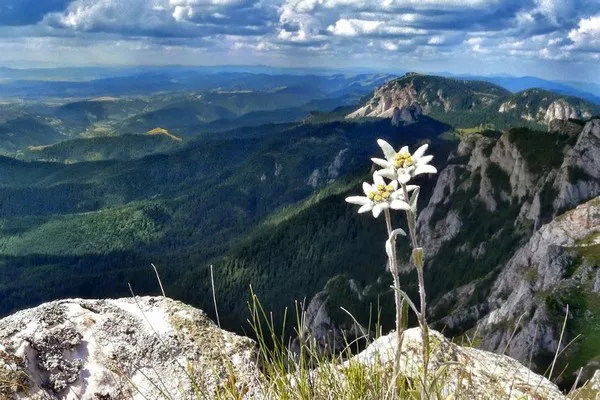The dandelion, known scientifically as Taraxacum officinale, is a ubiquitous flowering plant that often garners mixed reactions from individuals. Some consider it a pesky weed, while others appreciate its bright yellow blooms and delicate seed dispersal mechanism. Despite its reputation, the dandelion holds remarkable botanical and ecological significance. In this article, we delve into the world of dandelions, exploring their classification, characteristics, and ecological importance.
1. Taxonomy and Classification
Dandelions belong to the family Asteraceae, which is one of the largest and most diverse plant families. Within this family, the genus Taraxacum is home to numerous species, including the common dandelion (Taraxacum officinale). These plants are classified under the order Asterales.
2. Morphological Characteristics
Dandelions exhibit a distinct set of morphological features that aid in their identification. Their rosette-forming habit, characterized by leaves radiating from a central point close to the ground, is one of the most recognizable features. The leaves themselves are deeply lobed and can vary in size and shape.
The iconic bright yellow flowers of dandelions are composed of numerous tiny florets. Each floret is a complete flower in itself, consisting of petals, stamens, and pistils. The clustered arrangement of these florets creates the familiar spherical flower head that defines the dandelion. As the flower matures, it transforms into the well-known “dandelion clock,” a globe of fluffy white seeds attached to a central stem.
3. Life Cycle and Reproduction
Dandelions exhibit a unique and efficient mode of reproduction. They are capable of both sexual and asexual reproduction. Sexual reproduction involves the cross-fertilization of flowers, resulting in the production of seeds that are dispersed by the wind. A single dandelion plant can produce thousands of seeds during its lifetime, contributing to its prolific nature.
Asexual reproduction is achieved through a process known as apomixis, where seeds are produced without the need for fertilization. This mechanism allows dandelions to rapidly colonize new areas and establish populations even in the absence of compatible pollinators.
4. Ecological Significance
Dandelions play a vital role in various ecosystems and contribute to the overall health of the environment. Despite their “weed” status, they are valuable food sources for a range of insects, including bees and butterflies, which rely on their nectar and pollen. The early flowering period of dandelions provides crucial sustenance for pollinators during times when fewer plants are in bloom.
Additionally, dandelions are often among the first plants to colonize disturbed areas, such as abandoned fields or roadsides. Their extensive root system helps prevent soil erosion, stabilize soil structure, and improve soil quality. As pioneer species, they pave the way for the establishment of other plant species, initiating ecological succession.
5. Culinary and Medicinal Uses
Beyond their ecological significance, dandelions have found uses in human culture for centuries. In traditional medicine, dandelion roots and leaves have been utilized for their potential diuretic and detoxifying properties. They are rich in vitamins and minerals, including vitamin A, vitamin C, and potassium.
Moreover, dandelion greens are edible and have gained popularity in modern culinary practices. The young leaves can be used in salads, providing a slightly bitter and peppery flavor. Dandelion flowers can be transformed into flavorful syrups or fermented into dandelion wine. The roasted roots can be ground and used as a coffee substitute.
6. Challenges and Control
While dandelions offer numerous benefits, they can become invasive in certain settings, such as well-maintained lawns and golf courses. Their ability to spread rapidly through both seeds and asexual reproduction can pose challenges for those aiming to maintain meticulously groomed landscapes.
Control measures for dandelions range from cultural practices, such as regular mowing and maintaining healthy turf, to the use of herbicides. However, a balanced approach is often necessary to ensure the preservation of these plants’ ecological roles while managing their impact on cultivated areas.
Conclusion
The dandelion, often underestimated and misunderstood, proves to be a resilient and valuable member of the plant kingdom. Its taxonomic classification, unique characteristics, and ecological importance highlight the intricate web of life in which it thrives. By examining the dandelion beyond its status as a mere weed, we gain insights into the intricacies of nature’s designs and the role each organism plays in maintaining the balance of ecosystems. Whether admired for its bright yellow blooms or managed for its invasive tendencies, the dandelion stands as a testament to the complexity and diversity of the natural world.


